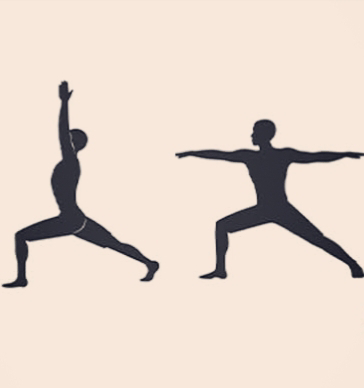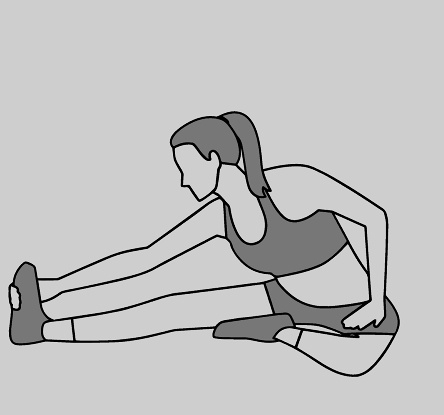Followers
Wednesday, February 7, 2024
The Yoga Revolution: How This Ancient Practice is Transforming the Fitness World
Thursday, January 4, 2024
Arm wrestling training for beginners 2024
Tuesday, January 2, 2024
Static Streching Vs Dynamic Streching Analysis 2024
"Prime & Ignite: The Essential Pre-Workout Warm-Up Routine"
**Title: Prime & Ignite: The Essential Pre-Workout Warm-Up Routine**
**Introduction:**
- Brief overview of the importance of a proper warm-up before exercise.
- Setting the stage for the "Prime & Ignite" concept.
**Section 1: The Science Behind Warm-Ups **
- Explanation of physiological changes during a warm-up.
- Increased blood flow, elevated heart rate, and improved muscle flexibility.
- How these changes prepare the body for more intense physical activity.
**Section 2: Components of an Effective Warm-Up **
- Dynamic stretching: Detailed explanation and benefits.
- Aerobic exercises: Why light cardio is crucial.
- Activation exercises: Engaging specific muscle groups to enhance performance.
**Section 3: Tailoring Warm-Ups to Different Workouts**
- Different warm-up strategies for cardio, strength training, and flexibility workouts.
- Importance of considering workout intensity and type.
**Section 4: Prime & Ignite Routine Breakdown**
- Step-by-step guide to the "Prime & Ignite" warm-up routine.
- Specific exercises, duration, and order for optimal results.
- Highlighting the versatility of the routine for various activities.
**Section 5: Common Mistakes to Avoid**
- Overlooking warm-up due to time constraints.
- Inadequate intensity or duration of warm-up.
- Relying solely on static stretching.
**Section 6: Real-Life Benefits and Success Stories **
- Testimonials or anecdotes from individuals who experienced positive results.
- Improved performance, reduced risk of injury, and enhanced overall fitness.
**Conclusion:**
- Recap of key points.
- Emphasizing the role of the "Prime & Ignite" routine in maximizing workout effectiveness.
**Closing Thoughts:**
- Encouraging readers to prioritize warm-ups as an integral part of their fitness routine.
- Inviting feedback and sharing personal experiences with the "Prime & Ignite" routine.
This outline should give you a solid foundation for expanding each section into a 2000-word article. Feel free to adjust as needed!
The Yoga Revolution: How This Ancient Practice is Transforming the Fitness World
Introduction Will you know about the yoga revolution? This ancient practice that originated in ancient India is taking the fitness world b...

-
**Title: The Comprehensive Benefits of Morning Walks** Introduction: A morning walk is not just a routine; it's a journey to...
-
Maintaining a healthy diet with thyroid issues involves: 1. **Balanced Diet:** Include a mix of fruits, vegetables, lean protein...




